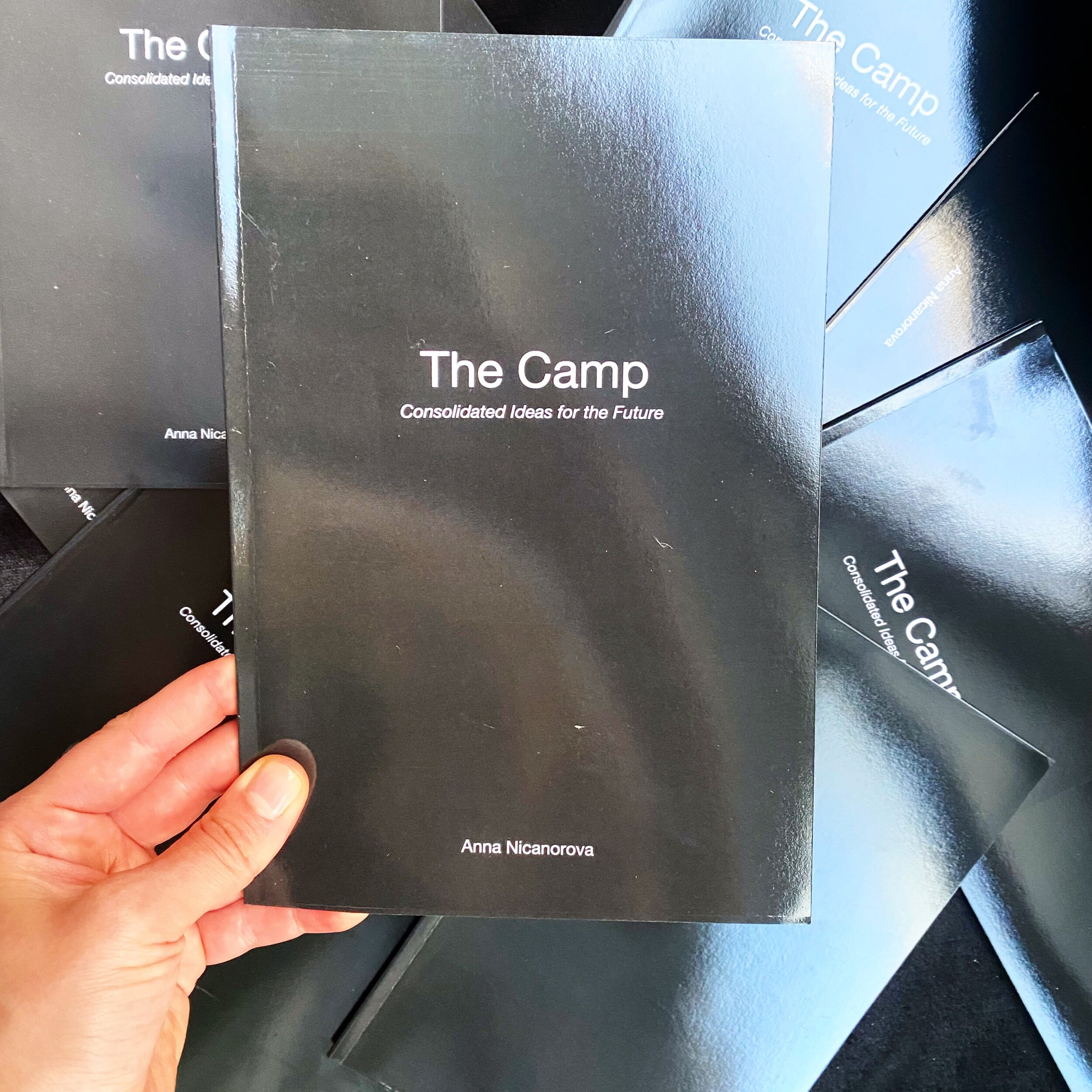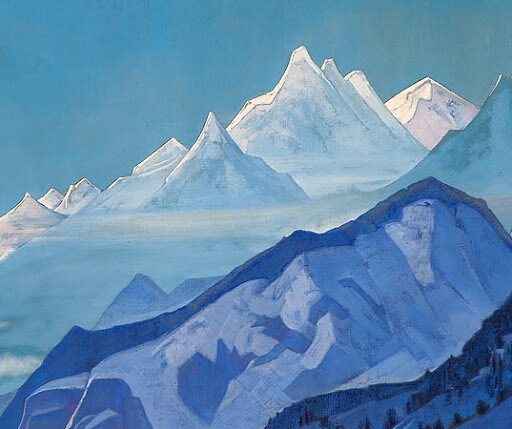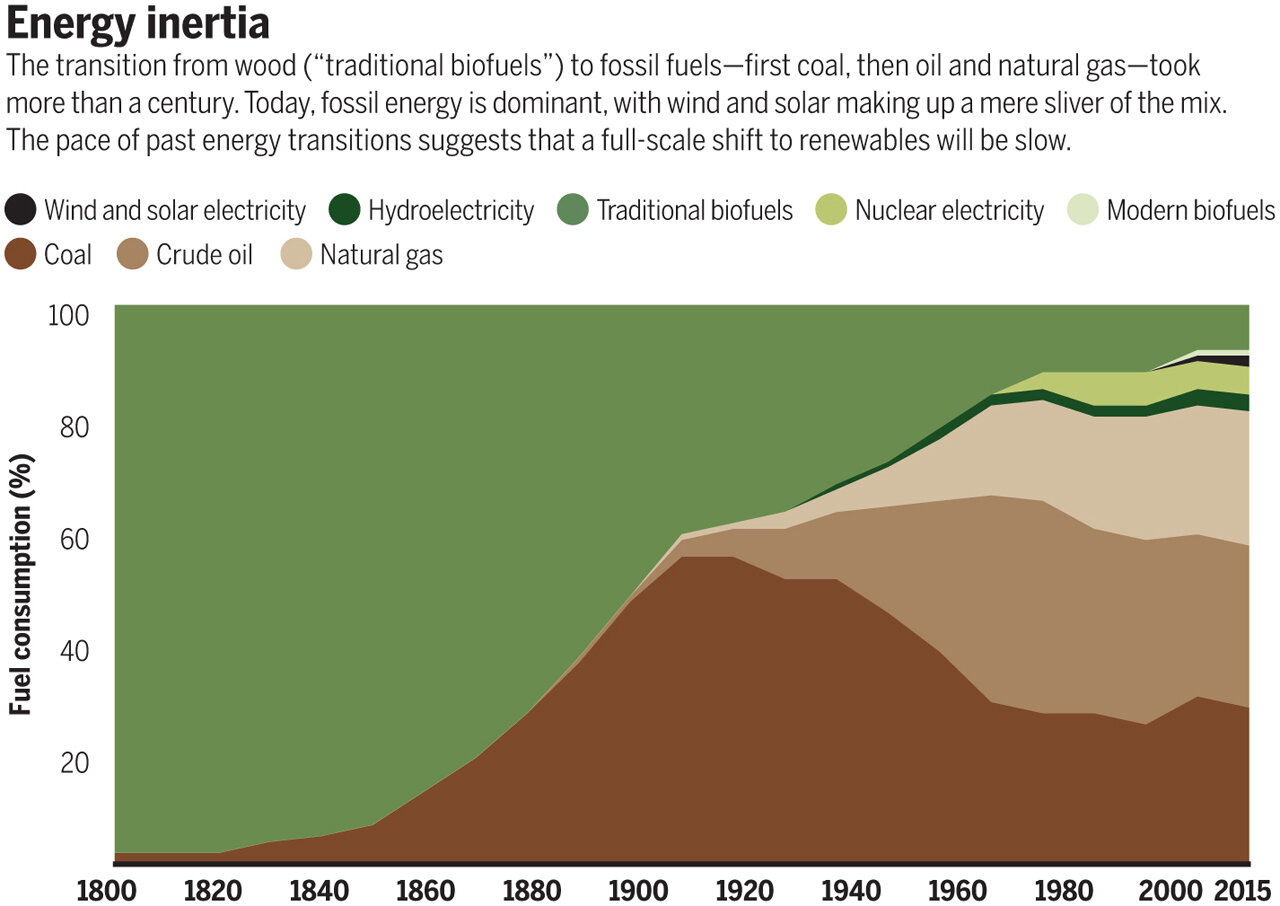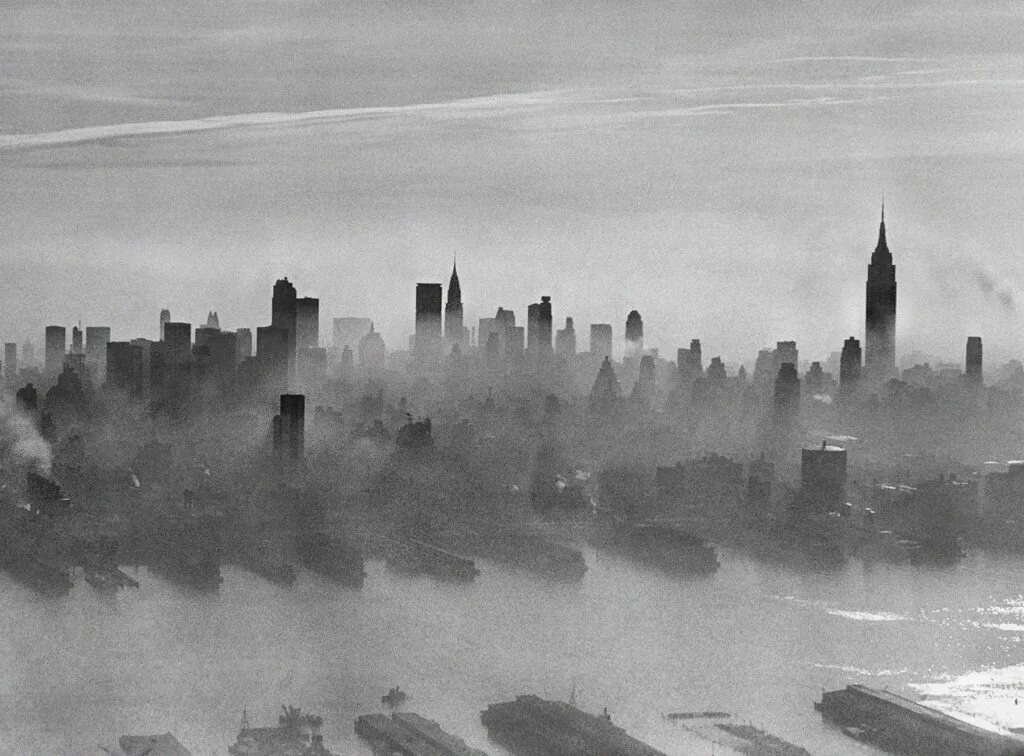This week I have opened my mailbox to find a delightful delivery from the printers of the zine that I wrote. This year I have spend the whole June at NYU ITP camp - a summer program for creative technologists to learn and experiment. Being over saturated with inspiration I decided to consolidate my ideas in a print form. Here is the introduction from the zine that explains the rationale for writing and printing it. If you want a copy, you can just respond to this email with a physical address and i would email you a copy.
On the information highway, it seems that writing is a good way to speed-limit your brains. There were so many sessions and so many things I wanted to make. But in between so many sessions, it was hard to stop and to just thinking. Typing and editing this notebook has forced me to consolidate my notes, try to figure out the key ideas, and really shape the plans for future projects. This notebook is a summary of the sessions I have attended.
This notebook is the forced slow-thinking.
Another selfish reason for this notebook is to amuse my future self. Frequently we dote on our ideas and rarely track their evolution. This document would serve as a time marker for future aspirations and a reference point for progress.
But in the end, I am writing this down because I want to experiment with the techniques, read the recommended readings, and build those ideas. Because building things is more enjoyable than acquiring things. Because we make progress by implementing ideas.
Before we invented VR,AR, XR, TV, Phones, tablets, fablets, we have invented books. They were the first “mind escape” mechanisms. By reading we could escape present moment to anywhere in the world. It is still incredibly baffling how a page with black and white characters works as the best teleportation device.
While reading H.P Lovecraft I have stumbled upon the reference of works of Nicholas Roerich. Since I can appreciate any painting that has mountains in it, I have spend a significant time browsing through his dreamy mountain landscapes (note to self: thankfully we have internet that lets me access work of any artist in a matter of seconds. How amazing is that?). However, I was completely baffled to discover Nicholas Roerich Museum in NYC! Delightful discovery and new museum bucket list item for when the museums will reopen.
How much energy do we produce? How much do we consume? Where it comes from? (Fun fact: “Each hour 430 quintillion Joules of energy from the sun hits the Earth*. That’s 430 with 18 zeroes after it!”) My recent discovery is the works by Vaclav Smil. The book “Energy: The Begginers Guide” provides an incredible survey of how humans have evolved production and consumption of energy over the past millennia. It reminds us how exponential increase in energy production has allowed urbanization, invention of sedentary lifestyle, high mobility and occupation other that “search for energy” such as hunting, gathering and farming.
“First and foremost, they raised average food availability far above subsistence needs, and assured the provision of adequate health care. These were the two key factors behind the steady increase in average life expectancy. Second they produced the worldwide trend towards increased urbanization, and the cities that they have provided unprecedented occupational and intellectual opportunities. Higher average wages have made the middle class the dominant income group in all affluent countries and allowed it to buy an unprecedented variety of good and services. Third, the new techniques have increased personal mobility to levels that were hard to imagine even just a half a century ago, and transformed international trade into a mass scale and truly global affair. Finally advances in electronics have multiplied the availability of information to a such an extent that any owner of a PC or smart phone can - instantly and inexpensively - access information equivalent to a library of millions volumes.”
Ironically, the current pandemic has amplified these factors. On one hand, the pandemic has disrupted mobility and some services. On the other hand, sedentary lifestyle and information access remained undistrbed and maybe re-I forced by the pandemic (all online information-intensive jobs are more busy and demanding than pre-pandemic. In our desire to come back to “normal” it is easy to overlook that “normal” has only been achieved recently and the majority of these achievements have been barely touched even in spite of high uncertainty.
I loved that in the final chapter Professor Smil makes zero effort to make “perishable forecasts”, reminding us that uncertainty of the future is what makes our life so interesting:
“This closing chapter offers no forecasts; there is no need to add to the large and growing, volume of that highly perishable commodity. Reviews show that most long range (more than ten to fifteen years ahead) energy forecasts - whether at sectoral, national or global level, and no matter if they were concerned with the progress of individual techniques, the efficiency gains of a particular process, overall energy demand and supply,, or the price levels of key commodities - tend to fail in a matter of years, sometimes months. [...] Even if some individual numbers come very close to the actual performance, what is always missing is the entirely new context in which these quantities appear. Imagine that in 1985 (after the collapse of crude oil probes and a sharp drop in global oil production), you accurately forecast global oil production in the US. Could anybody in 1985 have predicted the four events that changed the post-1990 world: the peaceful collapse of the U.S.S.R (first leading to a rapid decline and than to an impressive resurgence of its oil output); the emergence of China as the world’s largest (in terms of purchasing power parity) economy (and also the world’s largest importer of oil); September 11, 2001 (with it’s manifold consequences and implications for the world in general, and the Middle East in particular) and the worst post-World War 2 global economic downturn in 2008-2009?” “Energy” by Vacaville Smil
Further Reading:
• Anything by Vaclav Smil
• About Vaclav SmilMeet Vaclav Smil, the man who has quietly shaped how the world thinks about energy | Science | AAAS
This week I have discovered the works of Neal Boezi - the king of NYC Streets. King of the New York Streets - The New York Times
“But history makes it clear that the train of human ingenuity is not about to stop”
“Energy” by Vacaville Smil




